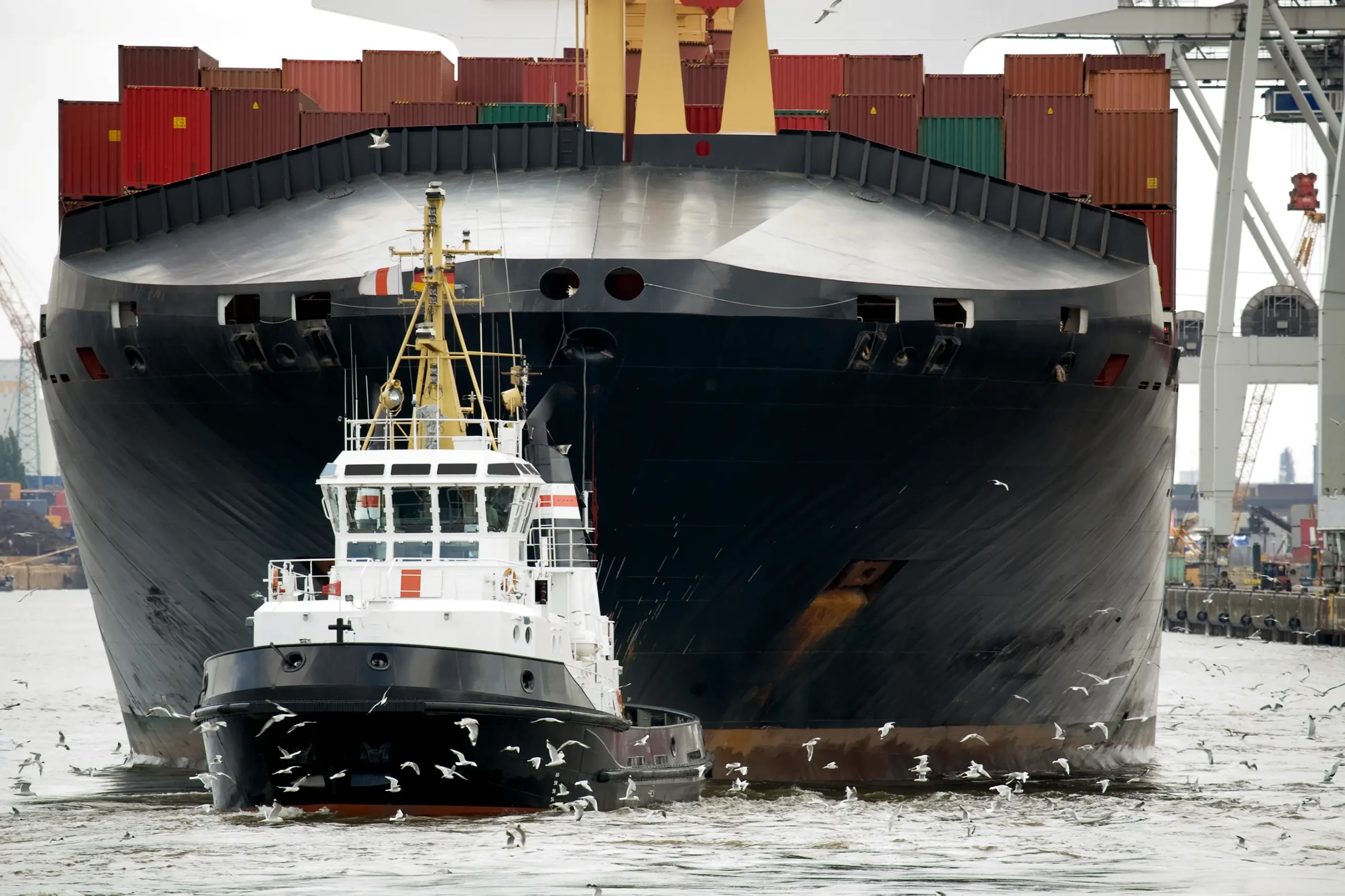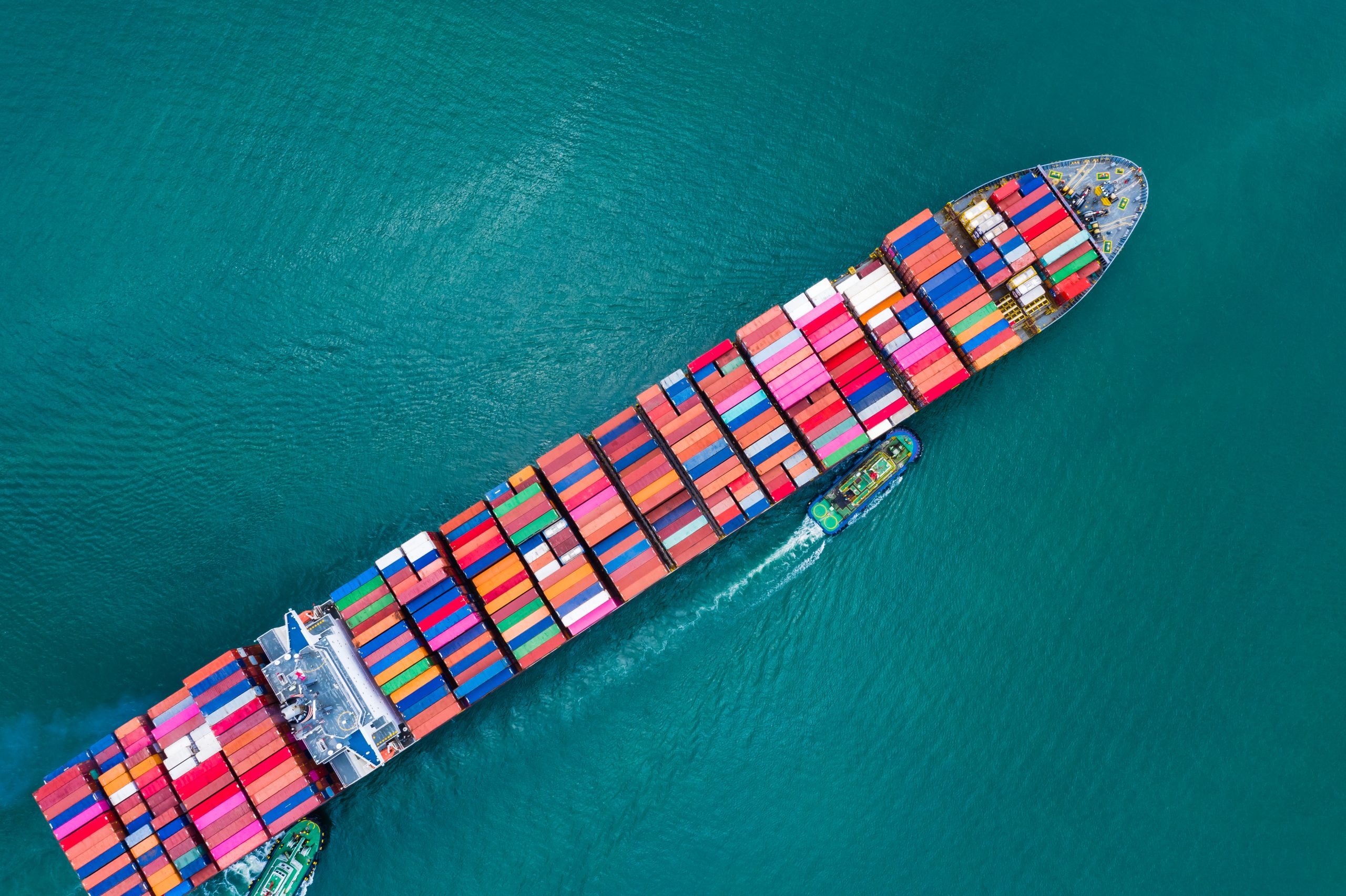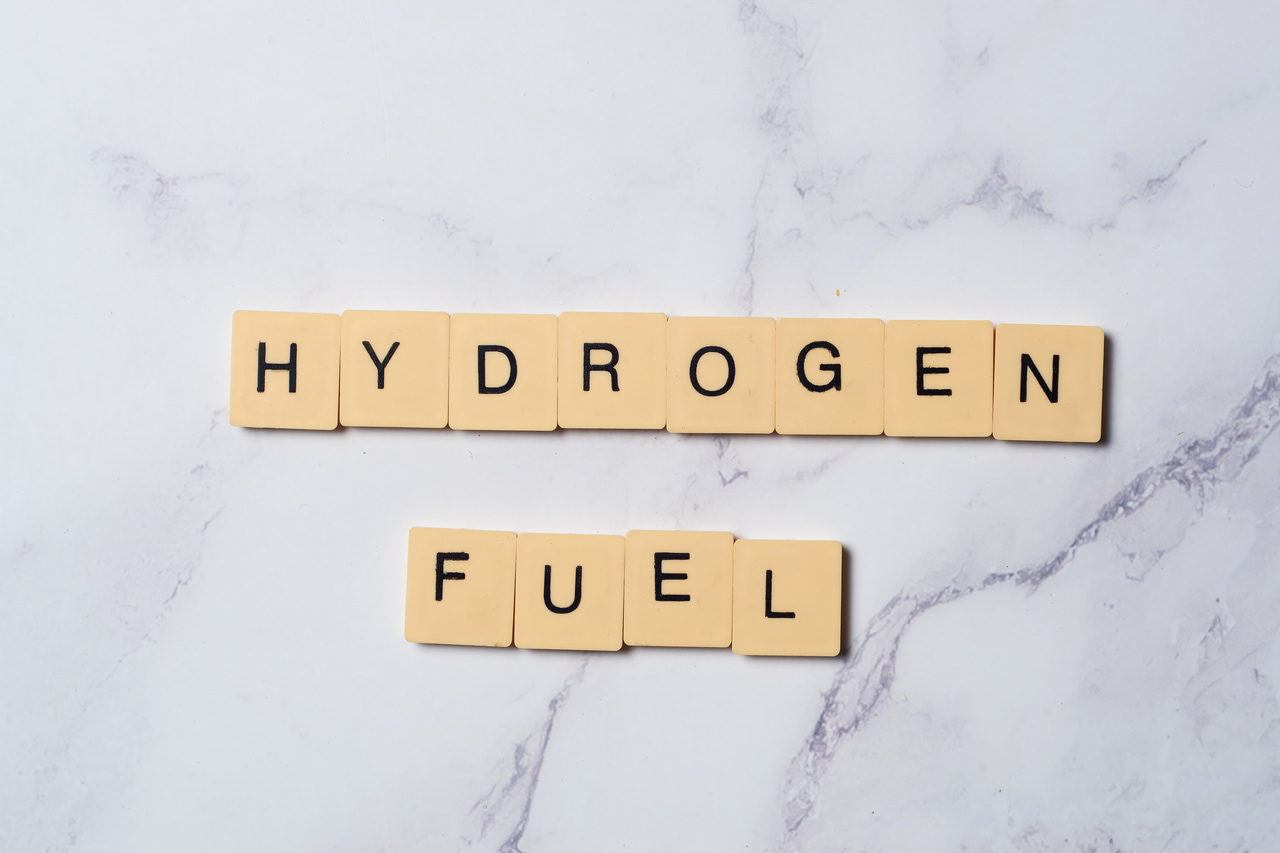The shipping industry is undergoing a significant transformation as it seeks cleaner, more sustainable energy sources. Traditional marine fuels, like heavy fuel oil (HFO) and marine diesel oil (MDO), are major contributors to greenhouse gas (GHG) emissions and air pollution. To reduce their environmental impact and comply with increasingly stringent regulations, shipping companies and researchers are turning to alternative fuels. Among these, hydrogen stands out as one of the most promising solutions for decarbonizing maritime transport. In this article, we explore the leading alternative fuels, their advantages and challenges, as well as their applications in the shipping sector.
1. Hydrogen
Hydrogen is gaining momentum as a zero-emission fuel, particularly when produced through electrolysis using renewable energy (green hydrogen). It can be used in fuel cells or modified combustion engines, offering a clean and efficient power source for ships.
Advantages:
• Zero emissions when sourced sustainably.
• High energy efficiency in fuel cell applications.
• Can be produced from a variety of renewable sources.
• Potential to be integrated into existing and future maritime infrastructure.
Challenges:
• Requires significant investment in storage and refuelling infrastructure.
• Low energy density necessitates either high-pressure tanks or cryogenic storage.
• Currently expensive compared to conventional fuels.
• Widespread adoption depends on scaling up blue/green hydrogen production.
Applications in Shipping:
Fuel Cells: Hydrogen fuel cells generate electricity, making them ideal for ferries, cruise ships, and vessels operating in emission-restricted zones.
Combustion Engines: Some ships are being retrofitted to run on hydrogen, offering a transitional approach until fuel cell technology is widely adopted.
Hydrogen Transport: Some tankers are being designed specifically to carry hydrogen, facilitating its integration into global fuel supply chains.
2. Liquefied Natural Gas (LNG)
LNG is already in widespread use as a transitional fuel, as it emits fewer pollutants than traditional marine fuels. It remains a fossil fuel but provides a cleaner alternative while the industry moves toward fully renewable options.
Advantages:
• In some cases lower carbon emissions compared to traditional marine fuels.
• Reduces emissions of sulfur oxides (SOx) and nitrogen oxides (NOx).
• Existing LNG infrastructure is expanding globally.
• Compatible with dual-fuel engine technology.
Challenges:
• Still a fossil fuel with methane emissions concerns.
• Requires cryogenic storage and specialised bunkering facilities.
• Long-term sustainability depends on bio-LNG or synthetic LNG.
Applications:
• Many large cargo ships and cruise liners already operate on LNG.
• Dual-fuel engines allow ships to switch between LNG and conventional fuels.
• LNG refuelling infrastructure is expanding in major ports worldwide.
3. Methanol
Methanol offers a relatively easy transition from traditional fuels, as it can be used with minimal modifications to existing engines. It can be produced from natural gas, biomass, or even captured carbon.
Advantages:
• Lower emissions than conventional marine fuels.
• Easier to store and handle compared to LNG or hydrogen.
• Can be produced from renewable sources (green methanol).
• Compatible with existing engine technology with minor modifications.
Challenges:
• Still emits CO2 unless produced renewably.
• Higher cost compared to conventional fuels.
• Renewable methanol production needs to scale up.
Applications:
• Several shipping companies are investing in methanol-powered cargo and tanker vessels.
• Retrofitting existing engines to use methanol is feasible with current technology.
• Development of green methanol (produced using renewable energy) is underway to improve sustainability.
4. Ammonia
Ammonia is emerging as a strong candidate for zero-carbon shipping, especially when produced using renewable energy sources. It does not emit carbon when burned, but its toxicity and production challenges require careful handling.
Advantages:
• Zero CO2 emissions when produced renewably.
• Can be stored in liquid form at manageable temperatures.
• Can be integrated into the existing global ammonia supply chain.
Challenges:
• Toxic and corrosive, requiring stringent safety measures.
• Energy-intensive production process.
• Requires new engine technologies for optimal use in ships.
Applications:
• Research is underway to develop ammonia-powered engines for large cargo ships.
• Some vessels are being designed to transport ammonia, supporting the development of a global supply network.
• Efforts are being made to improve safety measures to reduce risks associated with ammonia handling.
5. Biofuels
Biofuels derived from organic matter, such as algae, vegetable oils, and waste materials, offer a renewable alternative to fossil fuels. They can often be used with minimal modifications to existing engines.
Advantages:
• Can be used as a drop-in replacement for conventional marine diesel.
• Reduces GHG emissions compared to fossil fuels.
• Made from renewable sources and waste materials.
• Compatible with existing ship engines with minimal adjustments.
Challenges:
• Limited production capacity and scalability.
• Sustainability concerns regarding land use and competition with food crops.
• May still produce some emissions.
Applications:
• Many ships are already using biofuels as a drop-in replacement for marine diesel.
• Trials are underway to test biofuel efficiency in cruise ships and cargo vessels.
• Sustainable sourcing is crucial to prevent competition with food production and deforestation.
6. Nuclear Power
Nuclear propulsion, already in use for military vessels and icebreakers, is being considered for commercial shipping. Small modular reactors (SMRs) could provide long-term, emission-free power for large vessels.
Advantages:
• Zero emissions and extremely high energy density.
• Can operate for long durations without refuelling.
• Provides a potential long-term solution for deep-sea shipping.
Challenges:
• Public perception and regulatory barriers.
• High upfront costs and infrastructure requirements.
• Safety concerns and waste disposal challenges.
Applications:
• Nuclear-powered cargo ships and icebreakers could operate without refuelling for extended periods.
• Research is focused on developing smaller, safer reactors for commercial use.
• Regulatory and public perception issues remain key challenges.
7. Wind and Solar Power
Renewable energy sources like wind and solar are being integrated into ship design to improve efficiency and reduce reliance on conventional fuels.
Advantages:
• Zero emissions and infinite energy supply.
• Reduces fuel consumption and operational costs.
• Can be combined with other propulsion systems.
Challenges:
• Dependent on weather conditions and cannot fully replace primary propulsion systems.
• Requires significant ship design modifications.
• Initial investment costs can be high.
Applications:
• Wind-assisted propulsion technologies, such as Flettner rotors and rigid sails, are being deployed on cargo ships to reduce fuel consumption.
• Solar panels are used on ferries and hybrid-electric vessels to power auxiliary systems.
• Fully wind-powered cargo ships are in development for sustainable long-distance shipping.
8. Battery-Electric Power
Battery-powered ships are gaining traction, particularly for short-distance routes where charging infrastructure is available. Advances in battery technology are making electric propulsion more viable for maritime transport.
Advantages:
• Zero emissions and quiet operation.
• High energy efficiency with regenerative braking.
• Can be charged using renewable electricity.
Challenges:
• Limited range due to current battery technology.
• Charging infrastructure needs to be expanded globally.
• Battery disposal and sustainability concerns.
Applications:
• Fully electric ferries are already operating in some regions.
• Hybrid-electric vessels combine batteries with alternative fuels for greater efficiency.
• Research is ongoing to improve battery storage capacity and charging solutions for larger vessels.
The transition to alternative fuels in the maritime industry has been observed to reduce emissions and meet sustainability targets. While hydrogen holds promise as a long-term solution, other fuels like LNG, methanol, ammonia, and biofuels each offer unique benefits. A combination of these technologies, supported by advancements in energy efficiency, may likely define the future of sustainable shipping.





